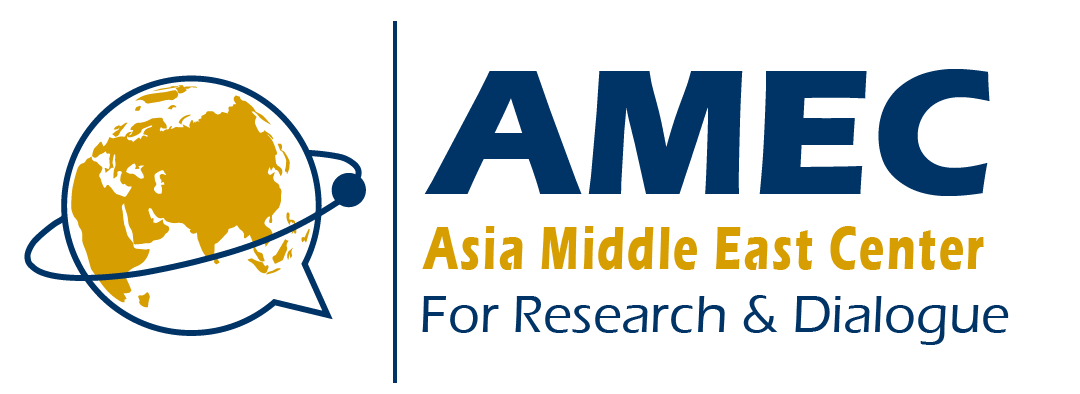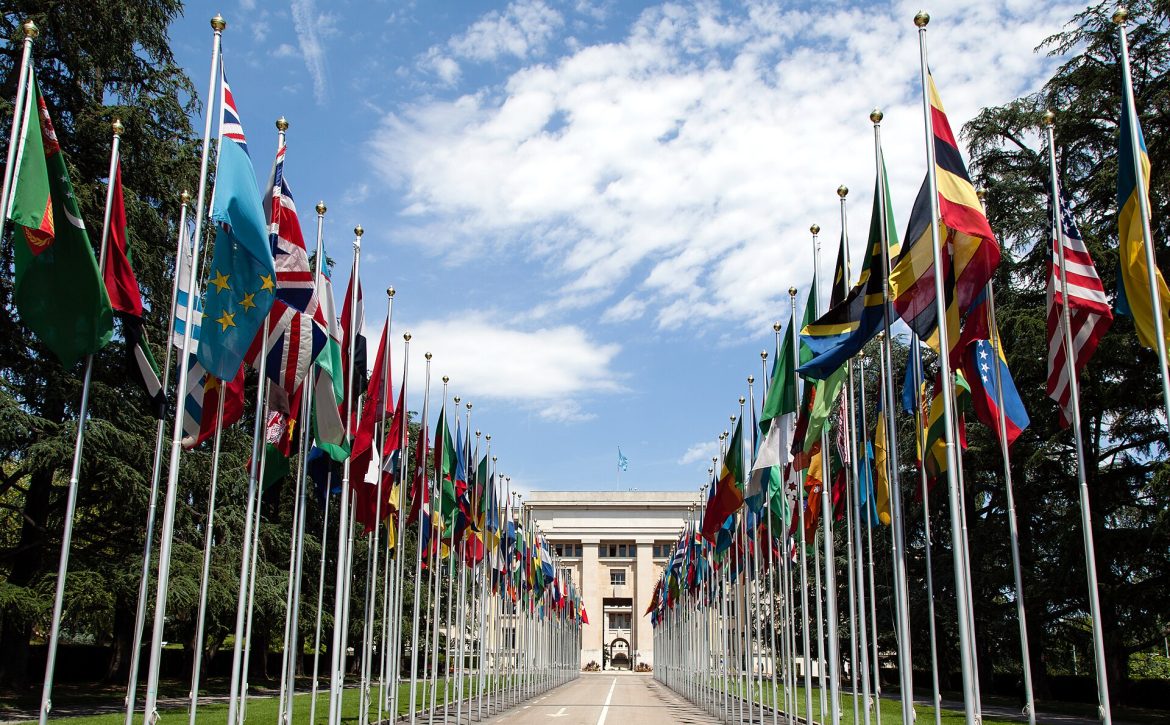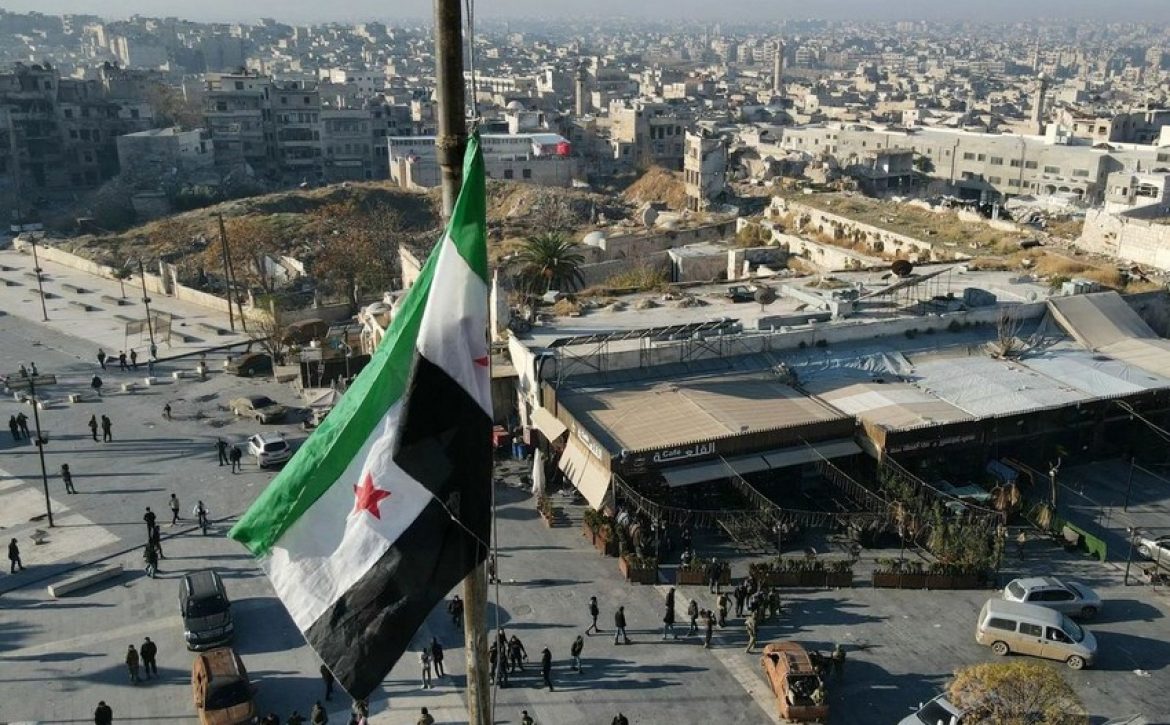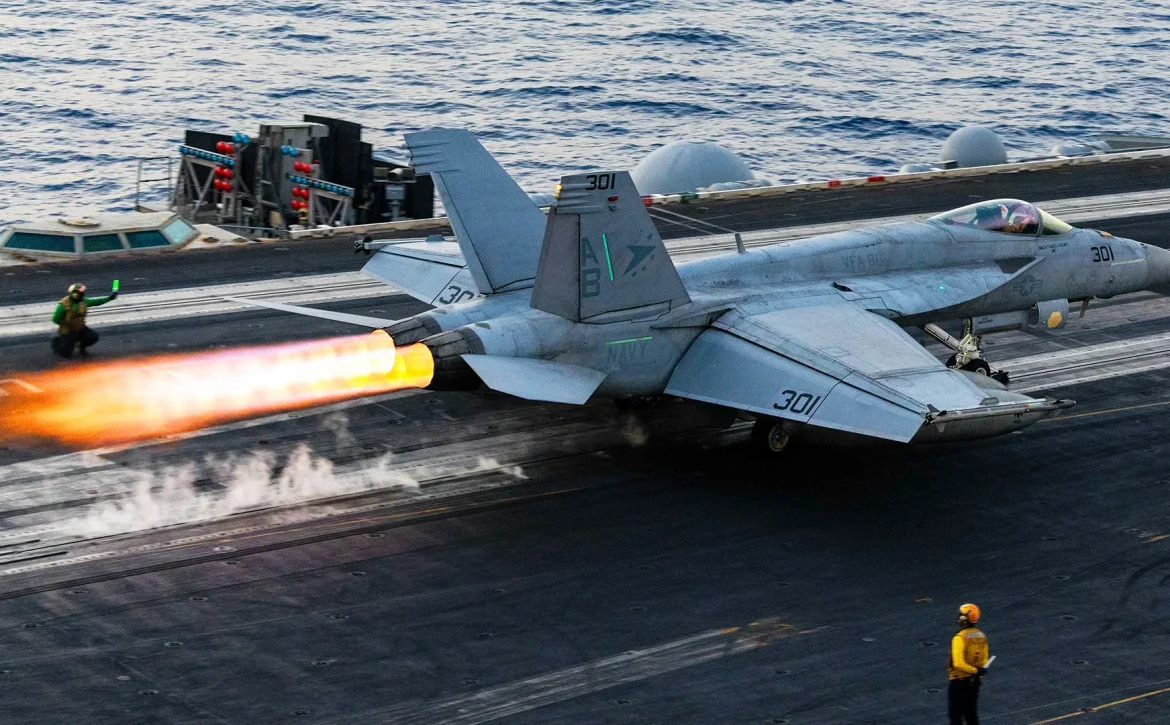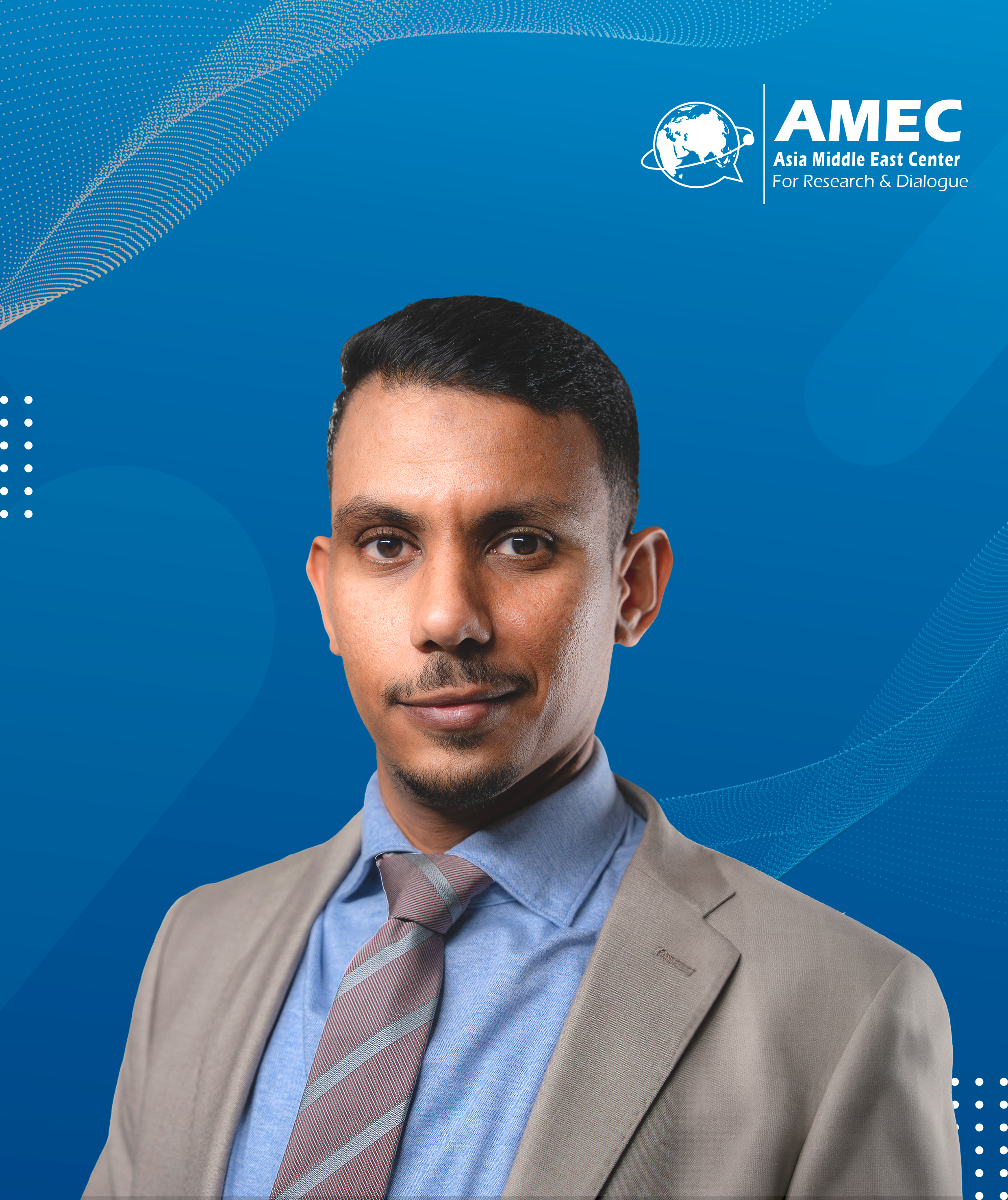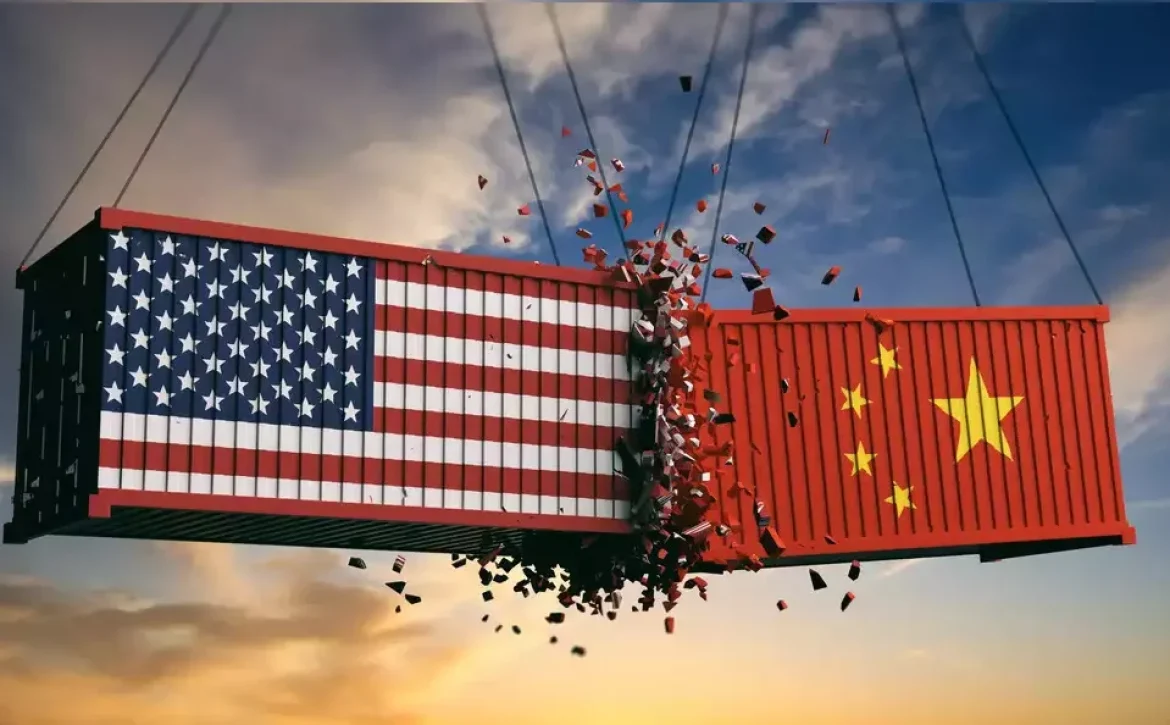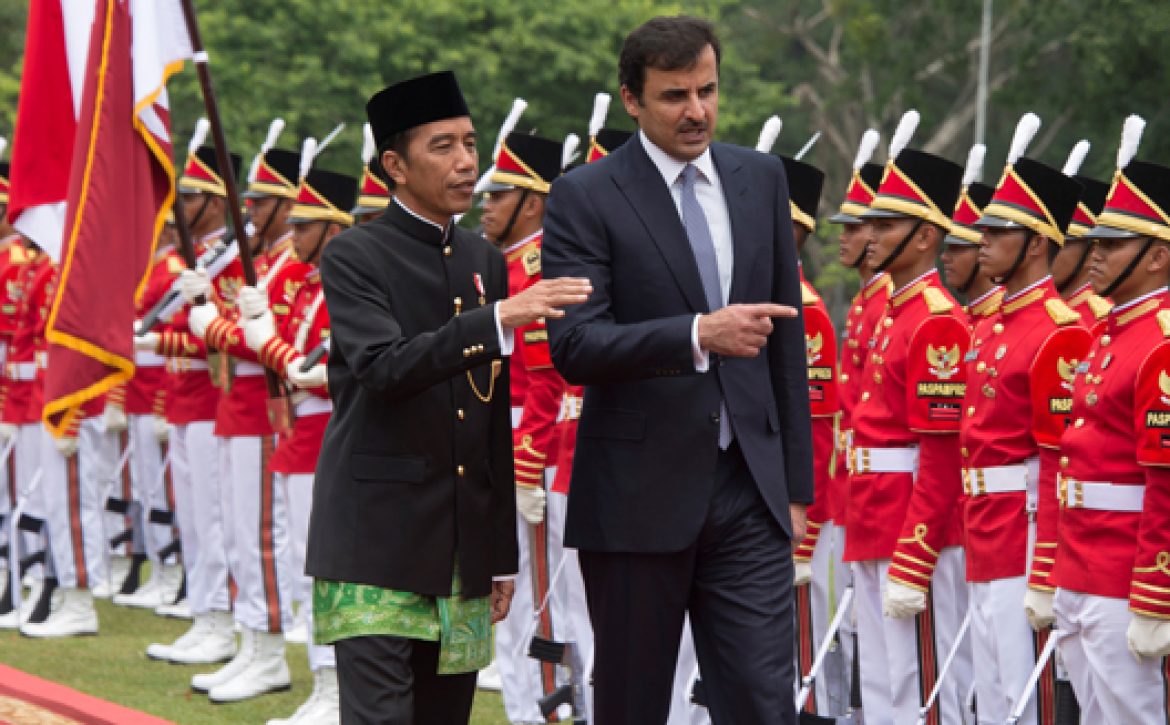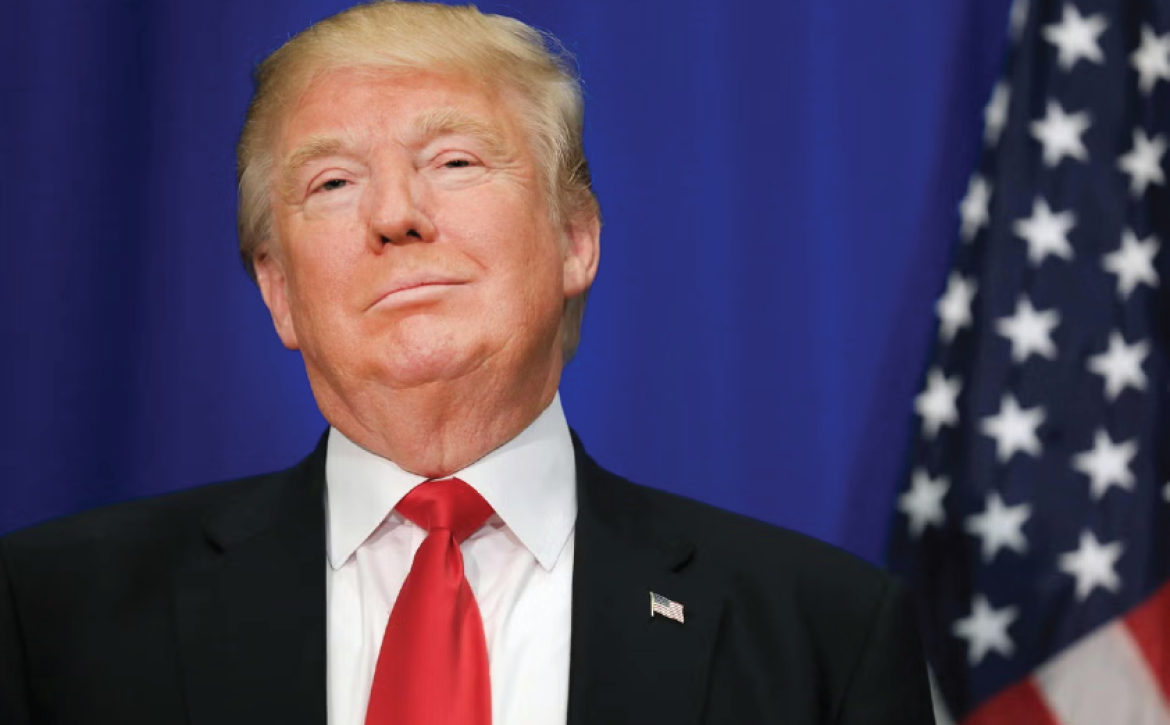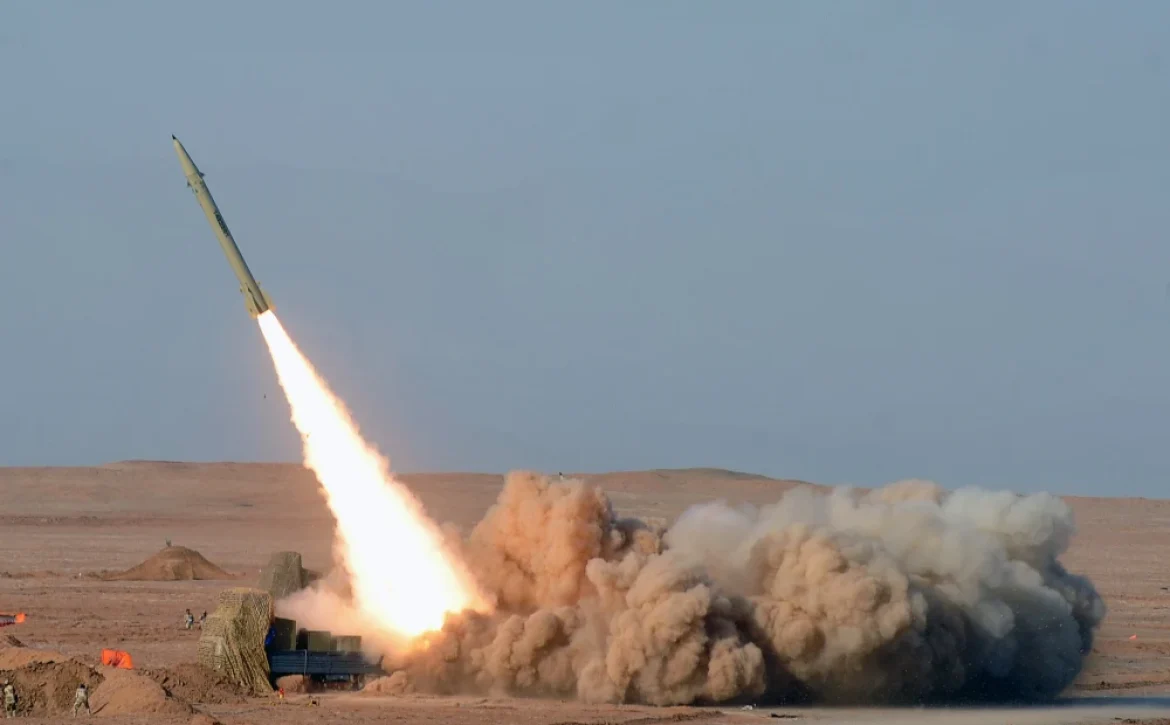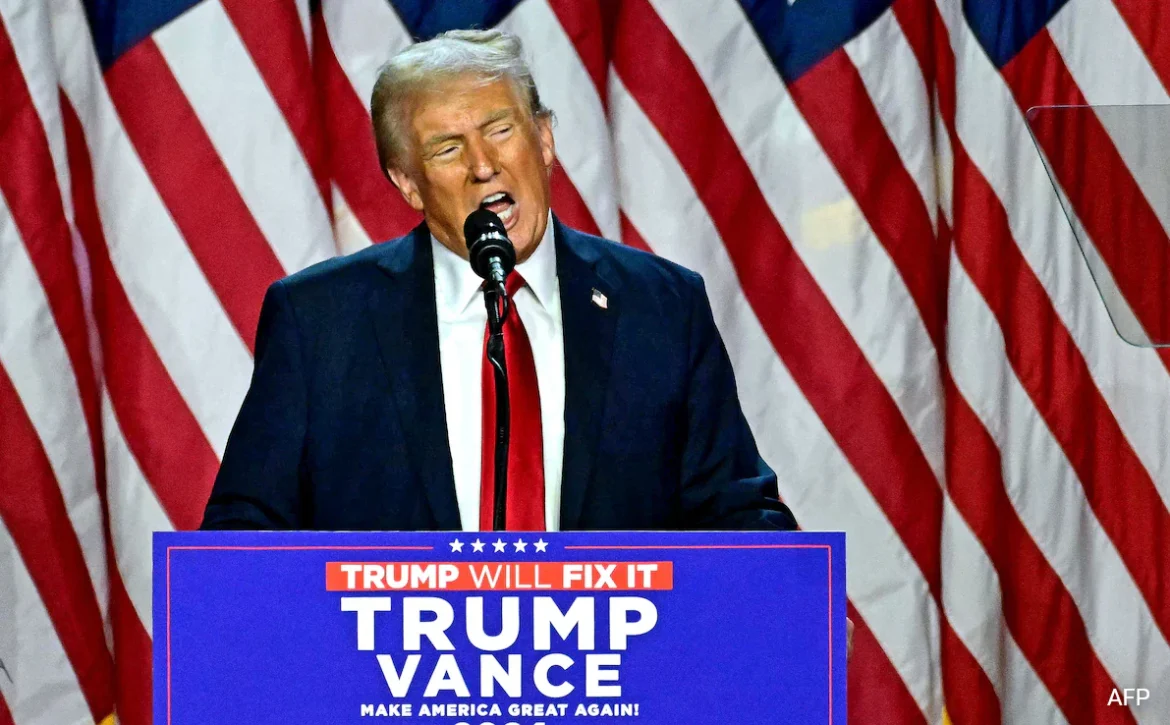JUDICIAL INDEPENDENCE AND INTERNATIONAL RELATIONS: IS THE WEST’S CREDIBILITY AT STAKE?
In recent years, the notion of judicial independence – long perceived as a settled pillar of liberal democracy – has come under increasing strain. From political interference in Hungary and Poland to growing concerns in the United States, the very idea that justice can operate free from political pressure is being tested. This article explores how judicial independence underpins not only domestic rule of law, but also international credibility, economic trust, and diplomatic legitimacy. Is the West still fit to champion these values globally? To fully grasp what is at stake today, it is essential to revisit the historical foundations and the pivotal role judicial independence has played in shaping Western democracies.
I. JUDICIAL INDEPENDENCE : PILLAR OF THE RULE OF LAW AND RELEVANT STANDARDS
Judicial independence stands as one of the most powerful embodiments of the foundational ideal of Western liberal democracies: the rule of law. Far from being a mere institutional arrangement, it is a centuries-old pillar rooted in the democratic architecture of the separation of powers – an idea most famously articulated by Montesquieu. Within this framework, the judiciary emerges not just as a branch of government, but as an autonomous authority, shielded from the influence of both the legislature and the executive. Crucially, this independence is not only external: the principle of internal independence ensures that no hierarchical interference distorts the impartial exercise of judicial power from within.(1)
Why is it important to discuss judicial independence today ? As Giacomo OBERTO, judge at the Court of Turin, points out, « every legal system recognizes, at least in principle, the independence of the judiciary from the legislative and executive branches ; however, in practice, this independence cannot yet be considered a fully and durably achieved reality everywhere in the world and, upon closer inspection, not even within our own continent ».(2) Indeed, our era seems marked by a theory-practice gap that sometime diverges significantly from what might be described as a true international – or perhaps transnational(3) – legal framework protecting judicial independence.
This specific body of law, expressing the formal commitment of States to uphold and protect individuals’ fundamental rights and freedoms, is reflected in numerous regional instruments – for example, the European Convention on Human Rights (ECHR) signed in Rome on 4 November 1950 (Article 6), and the European Charter on the Statute for Judges, adopted by the Council of Europe in Strasbourg on 10 July 1998 – as well as in universal ones, such as the UN Basic Principles on the Independence of the Judiciary, adopted in 1985, along with the Procedures for their Effective Implementation (1989), and the Universal Charter of the Judge. The latter, originally approved in 1999 by the Central Council of the International Association of Judges (IAJ), was most recently updated in 2017 in Santiago de Chile.
The recent failure to uphold the principles of judicial independence and impartiality recognized in these texts (and beyond)(4) in certain contexts has increased awareness of what might be described as a genuine crisis of judicial independence within the rule of law, both in Europe and the United States. Yet, the current landscape reveals a much more fragile reality: in several European countries, judicial autonomy is increasingly under threat, raising serious concerns about the erosion of the rule of law.
II. INTERNATIONAL COURTS AND CONTEMPORARY THREATS : JURISPRUDENCE BETWEEN DEFENSE AND CHALLENGE TO JUDICIAL AUTONOMY
The essential nature of the judicial independence has been reaffirmed in several judgments of the European Court of Human Rights, such as in the cases of Yalçinkaya v. Turkey (2023), in which the Court notes « the perceived erosion of the independence of the Turkish judiciary and the concerns over undue interference by the executive »(5), and Baka v. Hungary (2016)(6). Repeatedly, the ECtHR emphasizes « the cardinal importance of maintaining the independence of national courts in order to ensure effective judicial protection » (Guðmundur Andri Ástráðsson v. Iceland, 2020).(7) In the same judgment, the Court affirms that the three elements of independence, impartiality, and a tribunal « established by law » are interrelated through « the institutional requirements of Article 6 § 1, in that they are guided by the aim of upholding the fundamental principles of the rule of law and the separation of powers » (Reczkowicz v. Poland, 2021).(8)
Remaining within the European sphere, Gaetano DE AMICIS(9) reports that the Court of Justice of the European Union has progressively affirmed judicial independence as an essential component of the rule of law, as enshrined in Article 2 TEU(10). In landmark rulings, such as Associação Sindical dos Juízes Portugueses (C-64/16)(11), it underlined that Member States are required to guarantee such independence as an indispensable condition for the proper functioning of the Union’s legal order.
Beyond the EU borders, on the American continent, the Trump-era United States has not been exempting from violations of the independence principle. Recently, District Judge Jeannette Vargas granted a motion by over a dozen Democratic state attorneys general to order a preliminary
injunction halting the Department of Government Efficiency’s (DOGE)(12) access to the payment
system. Due to intense media pressure immediately exerted following the author’s decision, this case raises concerns regarding judicial independence and the security of judges.
These developments are far from isolated legal issues. They have far-reaching implications for democratic stability, the protection of fundamental rights, and the credibility of Western institutions as a whole.
III. JUDGES UNDER PRESSURE : CURRENT QUESTIONS AND THE ROLE OF INTERNATIONAL JUSTICE
From the entirety of these cases arise three essential questions that Fredrik Sundberg(13) raised during the conference on “The importance of Judicial Independence in Europe in the light of two case studies : Yalçinkaya v. Türkiye and Baka v. Hungary”, held on 17 February 2025 in Strasbourg. In that context, he asked himself : a) can national judges defend themselves against such attacks and pressures ? ; b) can the European Union or the Council of Europe effectively intervene to protect judicial independence ? ; c) is judicial independence truly essential, or can a democracy survive without it ?
As he himself invites us to observe, these three questions bring us back to the necessity of considering judicial independence not from an isolated perspective, but rather from its interaction with other components – such as politics – which remind us why it is important : it is the task of the judiciary to uphold the rule of law, to act as a safeguard against abuses of power and to ensure the protection of fundamental rights, even (or especially) when majority governments neglect them.
In this perspective, it is also essential to invoke the principle of subsidiarity(14) on which the very existence of the European Court of Human Rights is founded and which may recall the principle of complementarity(15) that characterizes the functioning of the International Criminal Court. Thus, the dynamic that emerges from the interaction between national bodies and international bodies guarantees an additional justice option for the victims of state dysfunctions. And the essential nature of this observation has been demonstrated precisely by the interventions of the Strasbourg Court and the Luxembourg Court, whose (binding) judgments are designed to regulate the overreach of state actors.
In this same spirit, an open letter was recently published by a group of academics, legal professionals, and members of the national, European, and international criminal justice communities. Presented during the third colloquium in Paris in honor of Professor Mireille Delmas-Marty, under the theme Raisonner la raison d’État: Où en est l’Europe?, this initiative responds to the open letter signed on 22 May 2025 by nine heads of government from EU and Council of Europe member states—an alarming statement that, according to its critics, reveals an intention to challenge the authority of the European Court of Human Rights and, more broadly, to undermine human rights protections. The counter-letter expresses deep concern over these developments and calls on national, European, and international actors to reaffirm their commitment to safeguarding the independence of the judiciary and preserving the authority of the Strasbourg Court.
However, this dynamic does not end with judicial bodies and institutions alone. For example, within the European Union, an important role of monitoring and ensuring respect for the rule of law by Member States is played by the Commission. In the framework of infringement procedures, in fact, the European Commission can initiate legal actions against Member States that violate EU law, including in matters related to the rule of law – for example, judicial independence. The case of Poland is one such example : following the concerns raised in 2017, the Commission initiated a formal procedure for the risk of a serious breach of the rule of law. Only after the adoption of an action plan by the Polish authorities and the observation that this risk had subsided did it withdraw the reasoned proposal, while still maintaining the monitoring mechanism through the Rule of Law
Report.(16) This shows how European institutions can exercise effective political and institutional
pressure in defense of the Union’s fundamental values.
In light of this crisis, coordinated responses are urgently needed: the European Union, national institutions, and civil society all have a critical role to play in safeguarding judicial independence as a cornerstone of democracy.
IV. JUDICIAL INDEPENDENCE AD AN INSTRUMENT OF TRUST, DEVELOPMENT AND INTERNATIONAL COOPERATION
In a globalized world, the guarantee of a judiciary free from interference is an essential condition not only for the protection of fundamental rights, but also for the stability of international relations. The connection is clear : a well-functioning judicial system inevitably attracts individuals and external partners who will have trust in it. The Court of Justice of the European Union itself tends to emphasize the close link between the principle of mutual trust and respect for the fundamental values of Article 2 TEU, describing it as a key for establishing and maintaining the mutual trust that underlies the principle of mutual recognition of judicial decisions.
Indeed, it is above all true that an authoritative and impartial judicial system contributes to creating an environment of legal certainty and predictability, an essential requirement to attract foreign investment and stimulate international economic cooperation. This assertion is shared by the European Commission which, in the paragraph Perceptions of judicial independence of the already mentioned Report, observes that « well-functioning and fully independent justice systems can have a positive impact on investment and are key for investments protection, and therefore contribute to growth and competitiveness ».(17)
In accordance with this logic, the 2021 Versi Maplecroft Human Rights Outlook report states that « for companies in ‘high’ risk jurisdictions, this [the growing political interference in the legal systems] could mean a lack of recourse in contract renegotiations, or unfair legal sanctions imposed
by governments to punish perceived slights or to achieve geopolitical aims ».(18) Furthermore,
beyond the economic and financial sphere alone, it « undermines the protection of human rights by enabling states to pursue political opponent, activists and journalists with legal penalties, while removing access to remedy for victims of violations ».(19)
Ultimately, what is at stake goes far beyond national judicial reforms: it is the integrity of the democratic project in the West that is being put to the test.
V. THE INTERNATIONAL IMPACT OF JUDICIAL INDEPENDENCE AND THE CONTEMPORARY CHALLENGE OF TRUST
Thus, judicial independence bolsters a State’s credibility in multilateral settings, constituting an indicator of compliance with the rule of law and human rights. As the Italian Andrea ORLANDO recalls, in Recommendation CM/Rec(2010)12 on “Judges : independence, efficiency and responsibilities ”, the Committee of Ministers of the Council of Europe point out that the independence of judges « is not a privilege for judges, but a guarantee of respect for human rights and fundamental freedoms, allowing every person to have confidence in the justice system ».(20)
The question then becomes whether, in today’s world, this trust is being strengthened or weakened. Indeed, the crisis of independence in influential powers such as the United States of America – especially under the Trump administration – and Europe calls into question the stability of judicial system that has traditionally represented a model of democratic guarantee, and affects the international perception of the reliability of U.S. institutions. Judicial instability in key geopolitical contexts generates ripple effects, influencing diplomatic balances and global economic relations.
As judicial independence erodes in the very nations that once exported rule-of-law standards, a critical question emerges: can the West still lead by example? If trust in the judiciary falters domestically, its influence abroad is bound to wane. What is at stake is not only the impartiality of courts, but the moral authority of democratic systems on the global stage. Finally, it could be argued that the Western model of judicial independence is not the only possible one, nor necessarily the best in absolute terms. Could other, more ‘politicized’ or integrated judicial systems function effectively without compromising justice or the protection of rights?
1 Rule of Law Checklist (CDL-AD(2016)007), adopted by the Venice Commission at its 106th Plenary Session (11-12 March 2016) , par. 74 : « […] Independence means that the judiciary is free from external pressure, and is not subject to political influence or manipulation, in particular by the executive branch. This requirement is an integral part of the fundamental democratic principle of the separation of powers. Judges should not be subject to political influence or manipulation ».
2 Translated by the author from : Giacomo OBERTO, Un Nuovo Statuto per un Nuovo Giudice. Available in PDF format since 2017 at the following link: https://www.iaj-uim.org/iuw/wp-content/uploads/2017/12/ Oberto_Un_nuovo_statuto_per_un_nuovo_giudice_2017.pdf (p. 6)
3 Ibid., p.8.
4 Ibid., p. 8-10. OBERTO also mentions the following international and regional instruments concerning judicial independence (note : this list dates back to 2017 and may not reflect the most recent developments) : the International Covenant on Civil and Political Rights (New York, 16 December 1966) ; the Recommendation No. R (94) 12 of the Committee of Ministers of the Council of Europe to member States on the “Independence, Efficiency and Role of Judges”, adopted in 1994 and late updated by Recommendation CM/Rec(2010)12 on “Judges : Independence, Efficiency and Responsibilities” ; the Victoria Falls Proclamation 1994 “For and Independent Judiciary through Judicial Education”, issued by the Commonwealth Magistrates’ and Judges’ Association ; the Resolution on the Role of the Judiciary in a State governed by the Rule of Law, adopted in Warsaw on 4 April 1995 by the Ministers participating in the Round Table of Ministers of Justice from Central and Eastern European countries ; the European Parliament Resolution on the Annual Report on Human Rights in the European Union in 1998 and 1999 (11350/1999 – C5-02265/1999 – 1999/2001 (INI)), adopted on 16 March 2000 ; the Charter of Fundamental Rights of the European Union, adopted in Nice on 7 December 2000 (Article 47) ; various Opinions of the Consultative Council of European Judges (CCJE), including the one on “Standards concerning the independence of the Judiciary and the Irrevocabilità of Judges”, and the “Magna Carta of Judges (Fundamental Principles)”, a compilation of such opinions published in 2010 ; the Bangalore Principles of Judicial Conduct (2002) ; ECOSOC Resolution 2006/23; the European Commission for Democracy through Law (Venice Commission) of the Council of Europe, in particular Opinion No. 494/2008 on the independence of the judiciary ; the Kyiv Recommendations on Judicial Independence in Eastern Europe, adopted in 2010 ; various Opinions of the European Network of Councils for the Judiciary (ENCJ) ; the Status of Magistrates’ in the Commonwealth, adopted in 2013 by the Commonwealth Magistrates’ and Judges’ Association.
5 ECtHR, GC, Yüksel Yalçınkaya v. Türkiye, 2016, §363.
6 ECtHR, GC, Baka c. Hungary, 2016.
7 ECtHR, GC, Guðmundur Andri Ástráðsson v. Iceland, 1 december 2020, § 139.
8 ECtHR, Reczkowicz v. Poland, 2021, § 260.
9 Gaetano DE AMICIS, “Stato di diritto, garanzie europee di indipendenza della magistratura e cooperazione giudiziaria penale : quadri di un’esposizione in fieri”, Sistema Penale, 2021. PDF available at the following link: https://www.sistemapenale.it/pdf_contenuti/1639342956_deamicis-2021a-stato-di-diritto-garanzie- indipendenza-magistratura-cooperazione-giudiziaria-unione-europea.pdf
10 Article 2 TEU : « The Union is founded on the values of respect for human dignity, freedom, democracy, equality, the rule of law and respect for human rights, including the rights of persons belonging to minorities. These values are common to the Member States in a society in which pluralism, non-discrimination, tolerance, justice, solidarity and equality between women and men prevail ».
11 CJEU, GC, Associação Sindical dos Juízes Portugueses v. Tribunal de Contas, 2018.
12 Formally the “ US DOGE Service Temporary Organization ”, it is an organization established at the initiative of the second Trump administration and led by Elon Musk.
13 Former Chief of the department for the Execution of Judgments of the European Court of Human Rights.
14 This subsidiarity is implicitly expressed in Articles 1 ( « The High Contracting Parties shall secure to everyone within their jurisdiction the rights and freedoms defined in Section I of this Convention »), 13 ( « Everyone whose rights and freedoms as set forth in this Convention are violated shall have an effective remedy before a national authority […] ») and 35 (1) ( « The Court may only deal with the matter after all domestic remedies have been exhausted […] ») of the ECHR. With the entry into force of Protocol No. 15, it is also explicitly reaffirmed in the Preamble ( « […] Affirming that the High Contracting Parties, in accordance with the principle of subsidiarity, have the primary responsibility to secure the rights and freedoms defined in this Convention and the Protocols thereto […] »).
15 Rome Statute, Article 17.
16 2024 Rule of Law Report, p. 7. PDF available at the following link : https://commission.europa.eu/
d o c u m e n t / d o w n l o a d / 2 7 d b 4 1 4 3 – 5 8 b 4 – 4 b 6 1 – a 0 2 1 – a 2 1 5 9 4 0 e 1 9 d 0 _ e n ? filename=1_1_58120_communication_rol_en.pdf
18 S. NAZALYA, O. MARIN, S. HAYNES, W. NICHOLS, J. LOCKHART-SMITH, E. GAVIN, F. WOLF, C.
MAY, Human Rights Outlook, Verisk Maplecroft, 2021. PDF available at the following link : https:// h u m a n t r a f f i c k i n g s e a r c h . o r g / w p – c o n t e n t / u p l o a d s / 2 0 2 1 / 1 0 / Verisk_Maplecroft_Human_Rights_Outlook_2021.pdf
19 Ibid.
20 Andrea ORLANDO, “Judges in Poland and in the Republic of Moldova must remain independent”, (Committee on Legal Affairs and Human Rights), doc. 15204, 2021. Available at the following link : https:// pace.coe.int/en/files/28907/html?utm_source=chatgpt.com
WRITTEN BY:
Roberta Lazzaro Danzuso
- Disclaimer: The views and opinions expressed in this article are those of the author and do not necessarily reflect the official policy or position of any organization, institution, or group with which the author is affiliated.
